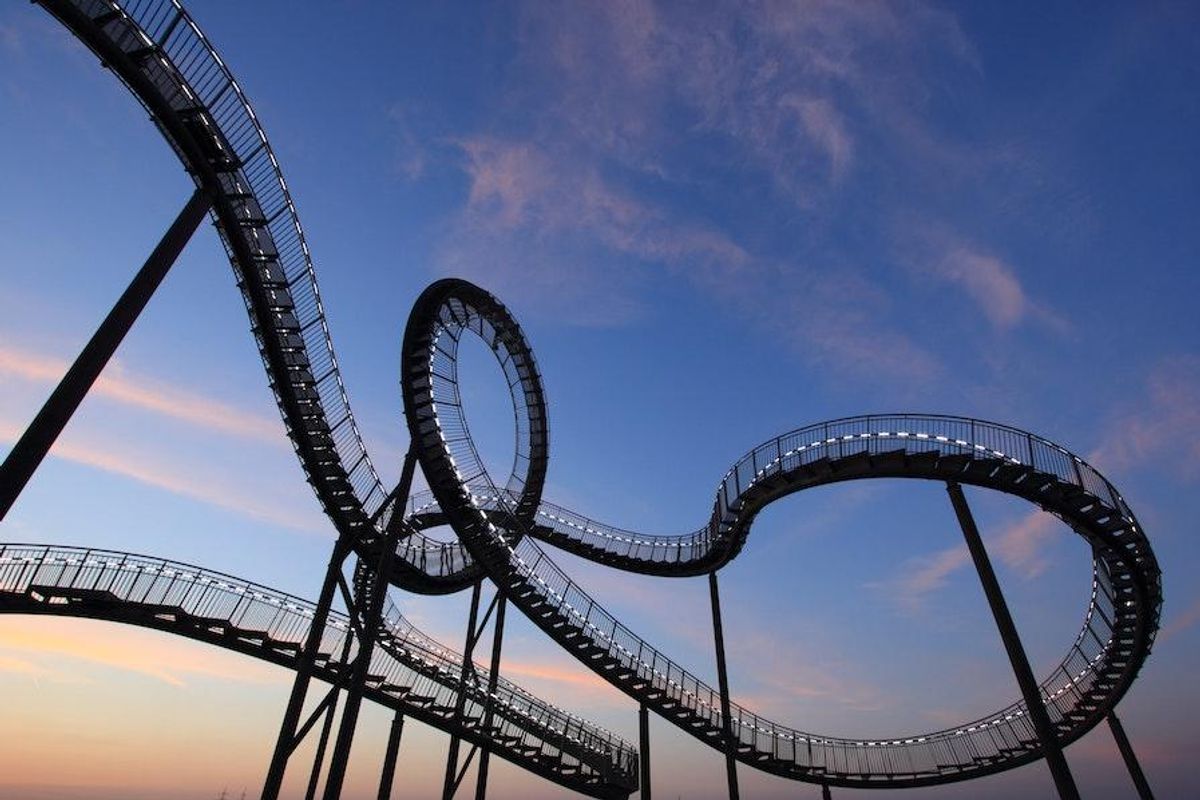Battery Metals Price Volatility — Is it Here to Stay?
Battery metals prices climbed last year, but volatility remains high. Is there an end in sight?

Battery metals prices have been on the rise since 2021, but volatility has been the main trend, with some of these crucial commodities experiencing pullbacks and rebounds throughout 2022.
Lithium hit all-time highs last year, cobalt doubled in price and nickel reached historic levels earlier in 2022, surpassing US$100,000 per metric ton. But Q2 saw the battery metals rally take a pause, with nickel and cobalt retreating and lithium stabilizing.
“I think battery metals face all different types of challenges and very different drivers of volatility,” said George Heppel, procurement and investment strategy for battery metals at BASF (OTCQX: BFFAF,ETR:BAS).
Is battery metals price volatility here to stay?
In the case of cobalt, the market has been pressured by shipping and logistics issues, which were exacerbated by COVID-19.
“The mine pipeline looks pretty healthy, generally speaking, but there just hasn't been enough investment in infrastructure, especially in Central Africa,” Heppel said during a panel at Fastmarkets’ European Battery Raw Materials conference. “I think that's going to continue to be the biggest driver of volatility for cobalt — how to manage that logistics, infrastructure risk.”
Nickel volatility has different origins, with the main factor being the crackdown on trading at the London Metal Exchange.
“I think also the introduction of new products, as well as new technology changes on the Class 1 side, with the introduction of nickel matte, the big investments in Indonesia — (those) are a big driver as well,” Heppel said.
For lithium, the surge in demand and lack of proper supply to meet the needs of the market has been a main catalyst.
“To some extent that can be taken for granted, that demand for lithium has increased quite dramatically in the last couple of years,” Heppel told the audience at the Barcelona-based event. “But I think it's worth remembering that a big driver of that has been this narrative of the green recovery post-COVID.”
Even though prices stabilized in the second quarter, lithium has remained at historic highs in the past year, with the Benchmark Mineral Intelligence lithium index showing prices are up more than 120 percent year-to-date.
“We went from a state of prices being defined by marginal cost of production to suddenly a scarcity of lithium, with prices really being defined today by whoever is going to pay the last dollar for lithium,” Daniel Jimenez of iLi Markets said. “I think prices are going to continue at this very high level … at least for the next three, four years. And so we expect a lot of volatility.”
But has the market seen the worst yet for volatility? “I would first see relatively stable prices in this higher wave for two or three years. But then I don't see a likely smooth slowdown in price,” Jimenez said. “So the moment will reach sufficient supply, but with little excess of supply, prices will go down to levels close to marginal cost of production.”
When asked which actors in the supply chain are more exposed to risk, Jimenez, who previously worked at top lithium producer SQM (NYSE:SQM), said that looking back at this situation two years ago, the balance of power has completely shifted from the demand side onto the supply side.
“Over the next four years, the amount of incremental lithium additions which will come from new players is relatively limited, and most of it is already committed,” he said. “I think the best chance to secure lithium is really to try to go to the coming producers and secure something with them. I would say at this point: secure volume, price is secondary.”
The question of whether original equipment manufacturers (OEMs) will become miners in order to secure supply continues to come up in discussions, but for Jimenez, they should leave mining operations to the experts. However, an alternative would be for OEMs to become passive investors in different producers.
“Downstream players looking into potentially having equity investments in producers … I would say that is probably something one of those with bigger pockets are able to do. And I would expect much of that happening over the next year or so,” he said.
Don't forget to follow us @INN_Resource for real-time updates!
Securities Disclosure: I, Priscila Barrera, hold no direct investment interest in any company mentioned in this article.
- Graphite Outlook 2022: Demand from Battery Segment to Remain ... ›
- Cobalt Outlook 2022: Rapid EV Growth to Drive Demand, Resilience ... ›
- Lithium Outlook 2022: Demand to Outpace Supply, Price Upside to ... ›






